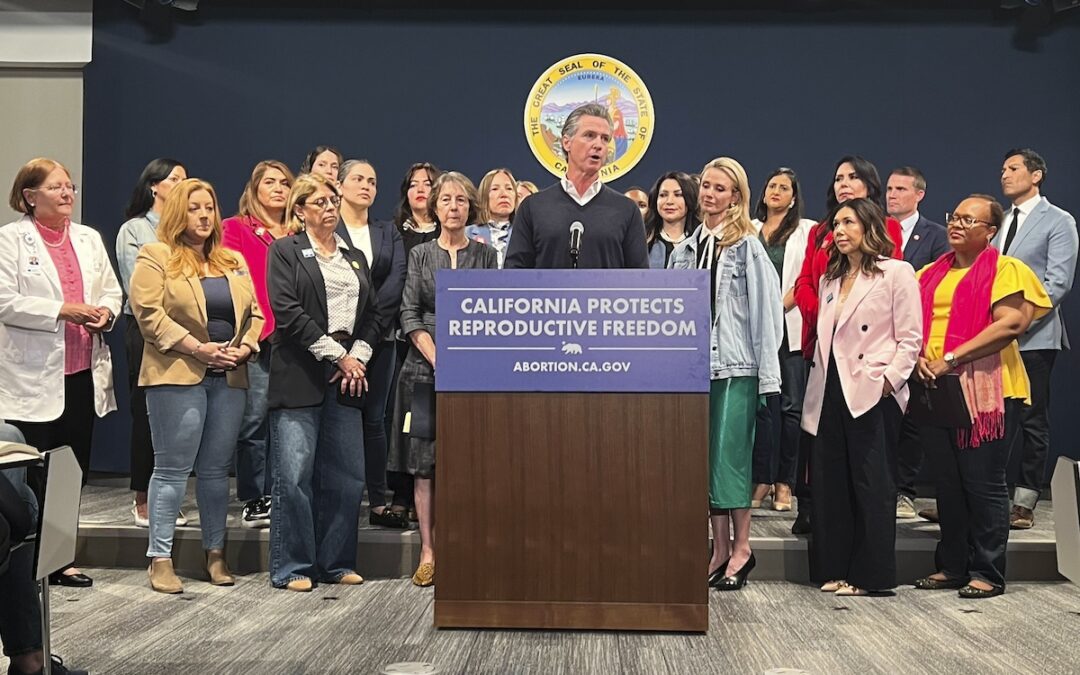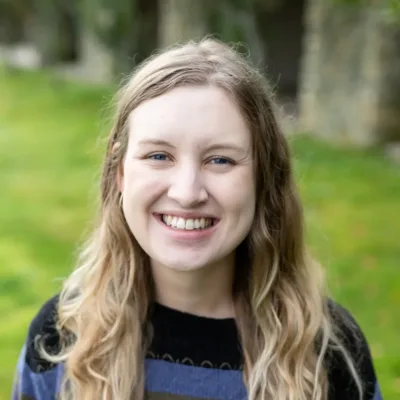
A COVID-19 data tracking project gave Arizona a failing grade in its preparedness, in part because it hasn’t made its number of contact tracers publicly available.
As some states like Arizona begin to reopen businesses during the coronavirus pandemic, public health experts have been emphasizing the importance of having widespread testing and contact tracing in place.
Dr. Kristen Pogreba-Brown, a University of Arizona epidemiologist, told The Copper Courier it’s “essentially a numbers game.”
She said if contact tracers can get a hold of someone, let them know they’ve been exposed, and encourage social distancing two days before they start showing symptoms.
“That’s two days where they’re not out in the world and spreading the virus around even more,” Pogreba-Brown said.
But while Arizonans receive daily updates on how many tests are being administered, the public is unaware of how many people are working in the state as contact tracers.
A COVID-19 data tracking project called #TestAndTrace labeled Arizona as one of 23 states not prepared to contain the coronavirus using these techniques. Arizona received the low mark in part because it has not made its number of contact tracers public.
“Georgia, Arizona, Virginia, West Virginia, Illinois, and Kentucky have not been transparent with the public about their contact tracing team sizes, and have all received a failing tracing score until they increase transparency,” the project explained in a note.
RELATED: Expert Says Reopening Arizona Depends on How Many COVID-19 Deaths We Find Acceptable
The Arizona Department of Health Services did not return a request for the state’s number of people working as contact tracers.
Multiple Arizona counties also did not return inquiries as to the size of their contact tracing teams. However, a Pinal County spokesman said the county has a team of paid workers who have been doing contact tracing “from the beginning,” but he did not say how many people are on the team.
A spokeswoman for Maricopa County did provide some numbers. She said the county currently has 25 people working as investigators (who conduct initial interviews with people who test positive and identify contacts) and plans to add more in groups of 25 in the coming weeks.
The spokeswoman said the county also plans to hire and train about 50 contact tracers (who conduct interviews with patients’ contacts) by the end of June.
Pima County did not respond to a request for its number of contact tracers, but the University of Arizona gave insight to one piece of the puzzle.
Pogreba-Brown runs a contact tracing lab of 40 or so students and faculty who have volunteered to take on the work.
The epidemiologist said the county has not “ramped up” its contact tracing force yet. She said at one point there was a proposal to have laid-off library staff hired and trained, but now that businesses are reopening it’s looking like librarians will soon return to work and be unavailable.
Progreba-Brown said state and local leaders may be reluctant to share numbers because contact tracing is a constantly moving target.
“Everybody’s still in the process of figuring out what the best numbers should be,” she said.
How Reopening Affects Contact Tracing
For some people who contracted COVID-19 and complied with social distancing guidelines, sharing information with contact tracers is easy enough. Because of their isolation, they know everyone they recently came in contact with, if any, and can share their contact information with the tracers.
But for people who are reentering public life, tracking those contacts can be more difficult.
Progreba-Brown provided this example: “If I’m walking down the street and I run into a neighbor, and we end up sitting there chatting a while — and we’re not keeping our social distancing — and then later on you call me and say, ‘Who were you in contact with?’ And I say, ‘Oh, that neighbor down the street … I don’t know their phone neighbor, and I only know the name of their dog,’”
Also, for people who attend mass gatherings like the protests calling for businesses to reopen–well, that makes comprehensive contact tracing almost impossible. While people may know who they drove there and spoke with, she said, they will very unlikely know the names and phone numbers of the strangers they come in contact with.
RELATED: Why States Like Arizona Are Seeing a Bigger Push to Reopen Than Others
Progreba-Brown said she wishes Arizona had a few more weeks of the full stay-at-home order to “get some of these ducks in a row” before people start moving around more.
She added that the process of putting together contact tracing teams has been difficult because they are “building a plane as we’re flying it.” And at the rapid pace they’ve had to move, health officials haven’t had the time to actually test their systems and make sure they work.
“I will say [reopening] feels a little early, in the sense that I don’t think that we’re quite there on all the testing capacity and we’re not quite there in having a real, solid plan,” she said.
Looking for the latest Arizona news in this time of crisis? Sign up for our daily newsletter and have it delivered straight to your inbox.
Politics

Gov. Gavin Newsom wants to let Arizona doctors provide abortions in California
California law generally allows abortion up to the point of fetal viability, which is around 24 weeks. SACRAMENTO, Calif. (AP) — Arizona doctors...

VIDEO: Arizona Attorney General Kris Mayes indicts 18 ‘fake electors’
@coppercourier An Arizona grand jury has indicted former President Donald Trump's chief of staff, Mark Meadows, lawyer Rudy Giuliani, and 16...
Local News

Escape the heat at these indoor pools in Tucson
Arizona: it's synonymous with sunny. Mix that sun with the sprawling urban blacktops and the result is the nationally recognized heat that is...

We asked, you answered: 7 music venues in Arizona for a more intimate show
The biggest artists in the world come to Arizona to perform at places like Footprint Center, State Farm Stadium, and Desert Diamond Arena. But what...





